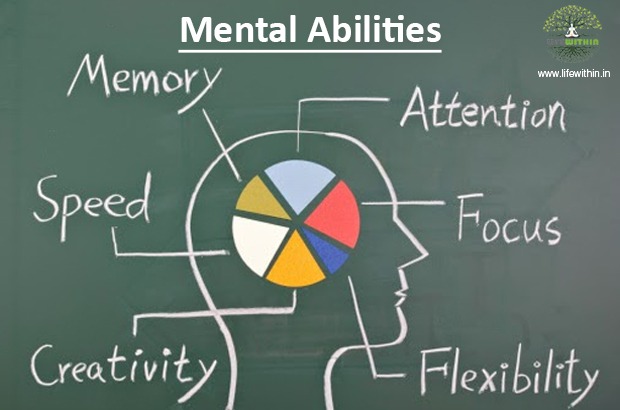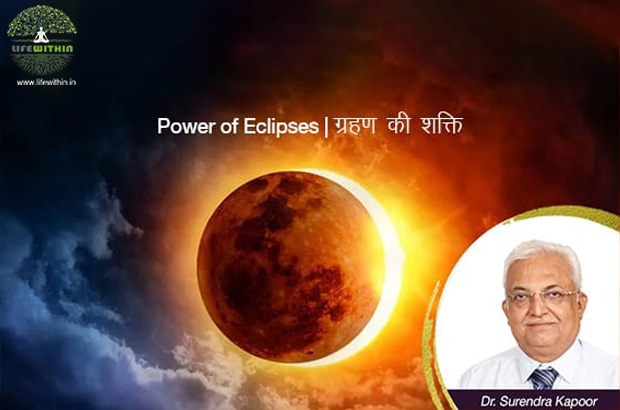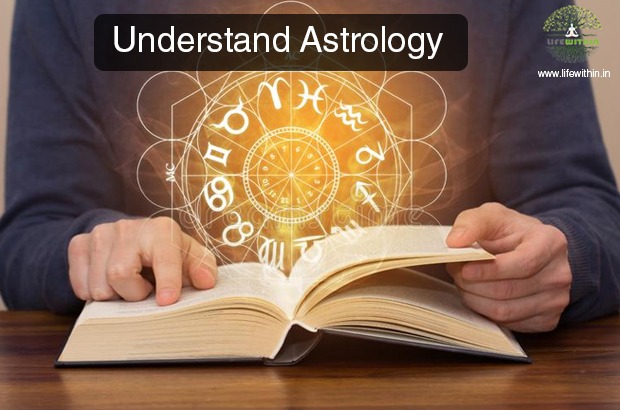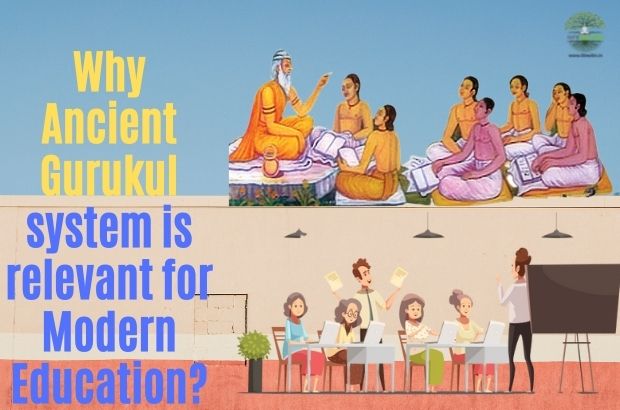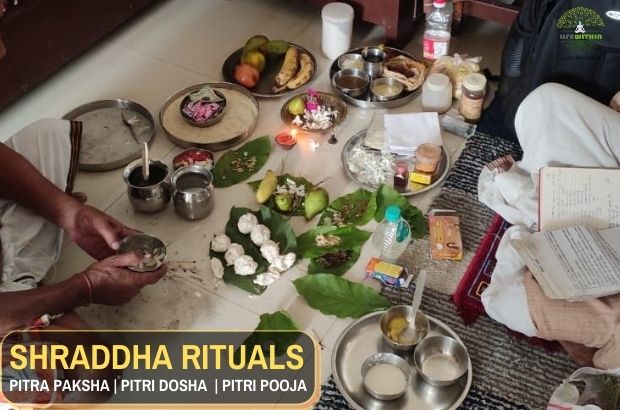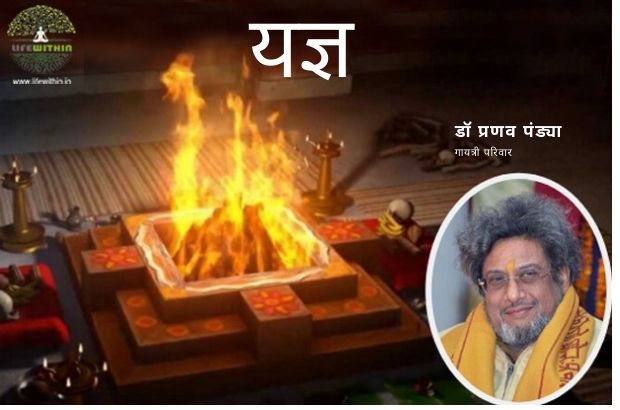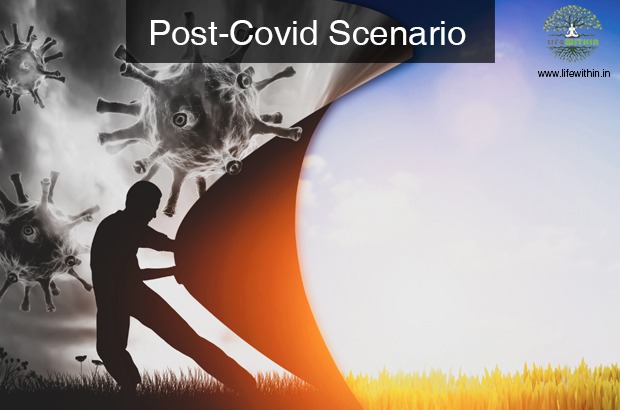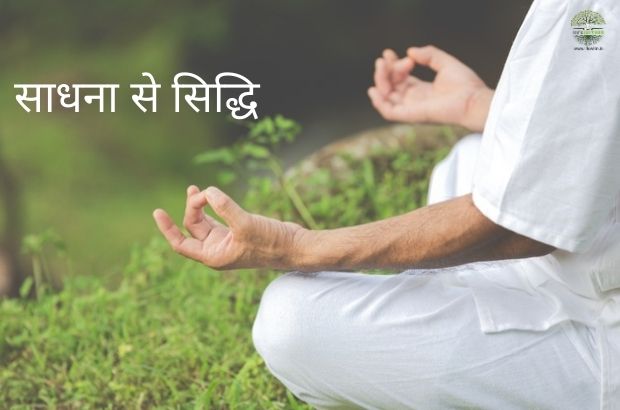Holi: A festive ecstasy that fills life with bliss | Dr. Surendra Kapoor
Holi represents unity in diversity among the people of India which has been the very hallmark of this great nation. Indi...

Holi
A festive ecstasy that fills life with bliss,
Burn your misfortune in the
Holika Fire
28th March 2021 Holika Dahan Dulahndi 29th March 2021
Right with the beginning of Vasant
Panchami celebrations, we can feel a marked difference in the natural
environment. Days become shorter and the chill in the air is gone. Lots of flowering trees bloom, bees begin to
buzz and there is a sense of euphoria all around with the arrival of the king
of seasons, Spring. And to celebrate the fervour of Spring, we observe Holi-
the festival of colours.
Significance of Holika Dahan
On the eve of Holi, a huge pile of
dry leaves, wood logs and cow dung cakes are gathered. Holika pujan is done in
which the following mantra is recited:
“असृक्पाभयसंत्रस्तै कृता त्वांग होली बलिशये
अत्स्तवांग पूजयिष्यामि भूते भुतिप्रदा भव”
“Asrikpabhaysantrastaye krita twang
holi balishaye
Atastwang Pujayishayami Bhute
Bhutiprada Bhava”
After the completion of puja, the
heap of gathered things is set alight. This is known as Holika Dahan.
Holika Dahan is representative of the
destruction of evils not only of the external environment but also of the
internal evils that we possess. Along with all the objects, our miseries and
misfortunes too burn to ashes in the Holika fire. In fact, Holi provides us
with a wonderful opportunity to drive away all our adversities and misfortunes
and embrace a happy, prosperous and successful life. A special Holi pooja
offered on this occasion is the key to solve all the problems of life and
welcome a spirited, positive and joyous life. As the Holi pyre is burnt to
ashes, it is believed that a purified, harmonius and peaceful state of being is
established. The fiery form and direction of Holika agni is indicative of the
future of a person or community. The Holika ashes have a religious significance
and kept at home for different purposes.
A festival for one and all
Holi represents unity in diversity
among the people of India which has been the very hallmark of this great
nation. India is home to people of a variety of castes and communities who live
together in a harmonious co-existence. They share a cordial relation with each
other and live with a feeling of brotherhood which speaks volumes about the
rich cultural tradition and heritage of our motherland. The following lines
from antiquity further elaborate this harmonious co-existence-
‘Brahmane Kahatriyavaishya
Shudraishchanshaishya jatibhiha
Ekibhoom prakartavya,
Holikrira ya falgune sada’
The lines above signify that all
people irrespective of their caste, creed or position are expected to
participate as a whole in this traditional festival of the spring season. Holi
happens to be a festival of immense significance not only from the social point
of view but it is also relevant from the physical, cultural and national
perspective.
Everyone, right from small children
to elderly people participate in the revelry of throwing colours at each other
on this day. Holi bridges the gap between people of different caste, creed, sex
and status and brings them together. With holi colours smeared on the faces,
everyone seems to be of the same kind. Holi which is celebrated with much
enthusiasm across the country generates a sense of equality and brotherhood
among people at large.
Different beliefs related to Holi
The festival of Holi is also known as
“Navanneshthi Yagyaparva”. There is a ritual to offer newly harvested grains
such as wheat and barley in the yagya havan and then consider it as prasad.
This prasad is known as HOLA. Holika utsav is known to have derived its name
from Hola. There are various beliefs regarding this festival. Given below are a
few of them---
1.
It
is a belief that Holi is associated with ‘Kaamdahan’. Legend has it that Lord
Shiva’s wrath had turned Kaamdeva into ashes. From then onwards this festival
is said to have gained popularity.
2.
The
period of eight days from Phalgun Shukla Asthami to Purnima, Holasthak is
observed. In many states of India, with the beginning of Holasthak, a branch of
tree is cut and various coloured clothes are tied on that branch. This branch
is dug on the ground and people celebrate Holi under this branch. Holasthak is
however not favourable for any sacraments or to begin a new activity. This year
Holasthak begins on 22nd March 2021. It ends with Holika dahan.
3.
This
festival is also celebrated in commemoration of Hiranyakashyap’s sister. It is
said that Hiranyakashyap’s sister, Holika, regularly bathed in fire but never
burnt due to a special boon that she had received from the Almighty. She was blessed with a special scarf that
could prevent her from being burnt. Hiranyakashyap thought of taking an
advantage of this boon and asked Holika to take the fire-bath with his son
Prahlad in her lap because he thought that Holika would remain unscathed as
usual while Prahlad would perish. Holika did exactly as told by her brother;
she wrapped the special scarf around her and sat with her nephew Prahlad on her
lap in the bonfire. However, destiny had other plans that day. With a sudden
gust of wind, the scarf got removed from Holika’s body and landed on Prahlad’s
body. Holika was burnt to ashes while prahlad who was chanting Shree Vishnu’s
name remained absolutely safe and unburnt. The festival of Holi is said to have
begun from that very day.
4.
On
this day, consumption of a mixture of “amramanjari” and sandalwood is of great
religious importance. It is a common belief that a devotee who is blessed with
the holy sight of Shree Govinda Purushottam (Lord Krishna) installed on a swing
on Phalgun Purnima is believed to get the opportunity to reside in Vaikuntha loka.
Devotees who swing Lord Krishna on this day are said to be blessed with
extraordinary virtues.
5.
In
eastern India, this festival is observed as Dol-purnima or Dol-yatra and begins
from Shukla-Chaturdashi of the Phalguna month. People worship the image of Lord
Krishna kept on a swing.
6.
This
day is also celebrated as the birthday of Mahaprabhu Chaitanya Dev in Bengal,
Orissa, Vrindavan and Mathura.
The festival of fun and frolic
Holi adds a colourful and joyous twist to our mundane lives.
It gives people a chance to drench in the pleasurable colours of life. However,
many people instead of using colours throw dirty things on others and spoil the
lovely mood of the day. Rowdy behavior on this merry occasion breeds contempt
and leads to bad relations. Holi is a festive opportunity to build new relationships
and make the older relationships stronger. A little splash of colour and a wish
of ‘Happy Holi’ can make hearts melt. Let us try to enjoy this exuberant festival
in a beautiful way and make the Holi moments a special memory for the whole
year.
Holika Dahan muhurtas (IST) for the important cities:-
New Delhi-
From 18:31 to 19:19
Kolkata-
From 17:46 to 18:34
Chandigarh-
From 18:35 to 19:23
Lucknow-
From 18:18 to 19:06
Mumbai-
From 18:47 to 19:35
Chennai-
From 18:17 to 19:05
Bangalore-
From 18:28 to 19:16
Ranchi- From
17:59 to 18:47
Patna- From
18:00 to 18:48
Jaipur- From
18:38 to 19:26
Bhubaneswar-
From 17:56 to 18:44
Hydrabad- From
18:25 to 19:13
Varanasi- From 18:04 to 18:52
Holi
Greetings!
By:
Dr. Surendra Kapoor
Surendra
Kapoor, is a leading light in the field of Vedic Jyotish, Vastu Shastra, Aura
Reading, Naming Names,
and Dream Interpretation. He is a voracious reader, multi-linguistic and
multitalented counsellor. He has been received several prestigious awards.


.jpg)

